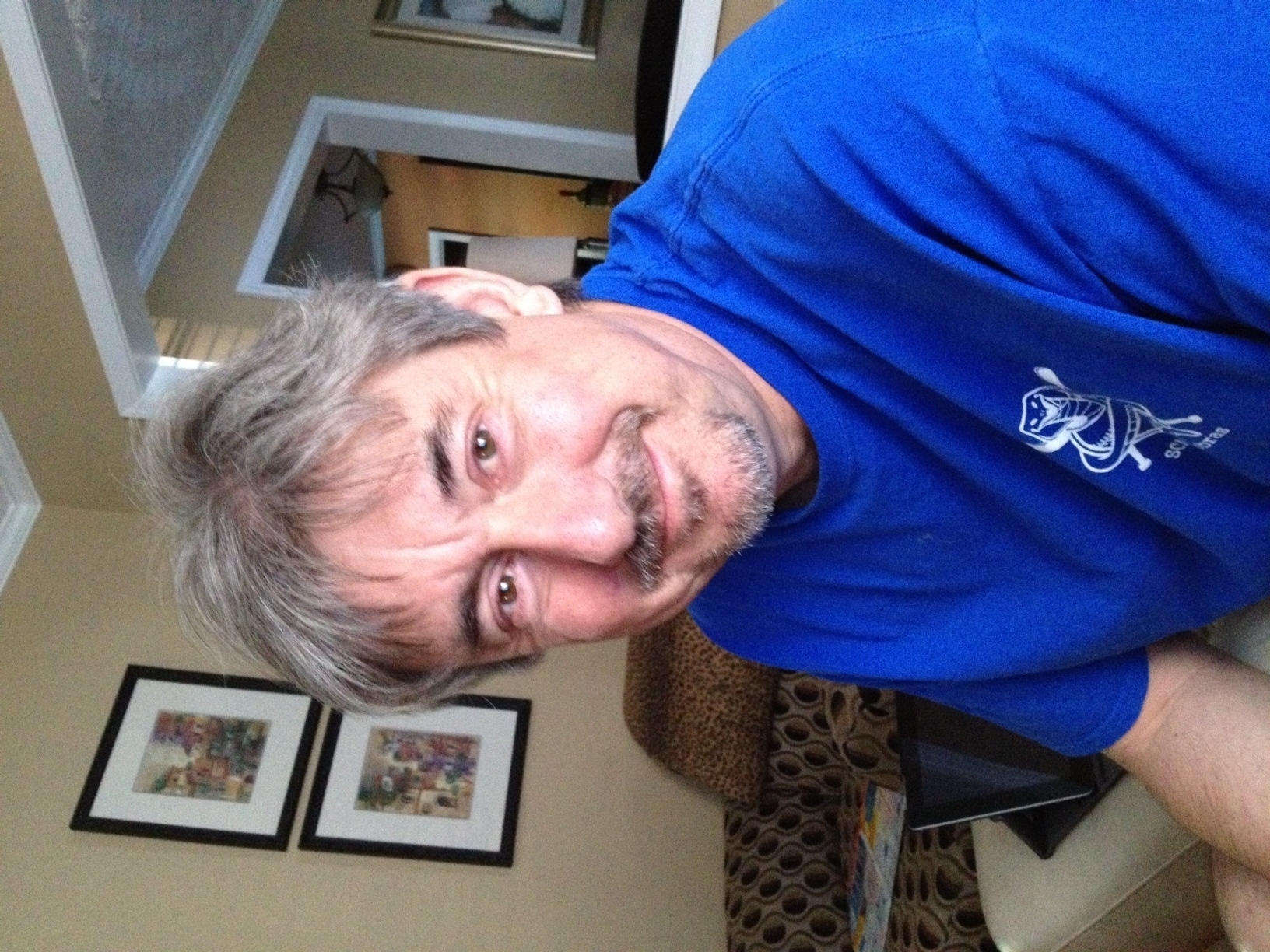Reidy Center’s Mike Stacey Awarded NIH Grant for Bioelectrochemical Study of Cartilage
July 23, 2013
 Mike Stacey
Mike Stacey
A research project that grew out of the world-renowned expertise in Hampton Roads for a surgical procedure to treat pectus excavatum (a Latin term meaning hollowed chest) has led to a National Institutes of Health (NIH) grant for Old Dominion University biomedical researcher Mike Stacey.
Stacey, a research associate professor with ODU's Frank Reidy Research Center for Bioelectrics and the College of Health Sciences, is interested in the human body's electrochemical processes that occur in cartilage tissue.
Through a professional relationship that has grown between ODU and physicians at Norfolk's Children's Hospital of The King's Daughters, Stacey receives human cartilage tissue samples that are the byproducts of the pectus excavatum repair procedure. His research interests include the study of cartilage from a bioelectrochemical aspect.
Stacey and his research partners, former ODU faculty members Ali Beskok and Juergen Kolb, are interested in the natural electrical processes that occur in cartilage cells, known as chondrocytes.
Stacey is principal investigator for the project "Dielectric Properties of Chondrocytes in a Changing Environment," for which he received a two-year, $352,045 award from the NIH's National Institute of Arthritis and Musculoskeletal and Skin Diseases.
Stacey said that chondrocytes, the only cell type that produces cartilage, occupy a unique bioelectrical environment. As part of their normal cell processes, these chondrocytes secrete highly negatively charged proteins, which then draw in positively charged ions and water, giving cartilage its unique strong-yet-malleable structure.
An abnormal response by the cell to stimuli from its bioelectrochemical environment may result in abnormal deposition of proteins, which could lead to degeneration of tissue, potentially causing negative consequences to the body.
A congenital deformity such as pectus excavatum has no biological markers that can predict occurrence or severity. Stacey said this fundamental research could also contribute to the body of knowledge about the likelihood of such a disorder developing.
The work by Stacey and his research partners will result in real-time quantification of dielectric changes in properties of the cell membrane in response to electrochemical changes in cells brought about by these natural processes, particularly through "ion channels," tiny pore-forming membrane proteins that gate the flow of ions across the cell membranes.
"We think this is important from a health perspective," Stacey said. "In other cell types that have ion channels, abnormalities in ion channel formation are associated with certain disorders. This could be a new avenue of research related to skeletal disorders.
"We hypothesize that dielectric response of chondrocytes to changes in environment will be dependent upon ion channel activity, which will be further impacted by low oxygen levels experienced by chondrocytes," Stacey added.
The three goals of the research are to document these dielectric changes in real time; measure gene expression of ion channel in chondrocytes in response to these changes; and assess how chondrocytes function in an oxygen-reduced environment.
The researchers believe they'll be the first to describe the dielectric properties of chondrocytes, measured in real time, and correlated to ion channel function. This new process is expected to result in a fundamental impact on cartilage biology, "unifying biomechanical and bioelectrical events in cartilage through ion channel response," Stacey said.
ODU's Frank Reidy Research Center for Bioelectrics has as its mission increasing scientific knowledge and understanding of the interaction of electromagnetic fields and ionized gases with biological cells, and applying this knowledge to the development of medical diagnostics, therapeutics and environmental decontamination.
The objectives of the center are to perform leading-edge interdisciplinary and multi-institutional research; recruit top faculty and exceptional graduate students; support regional, national and international programs; and increase external funding and institutional visibility.

